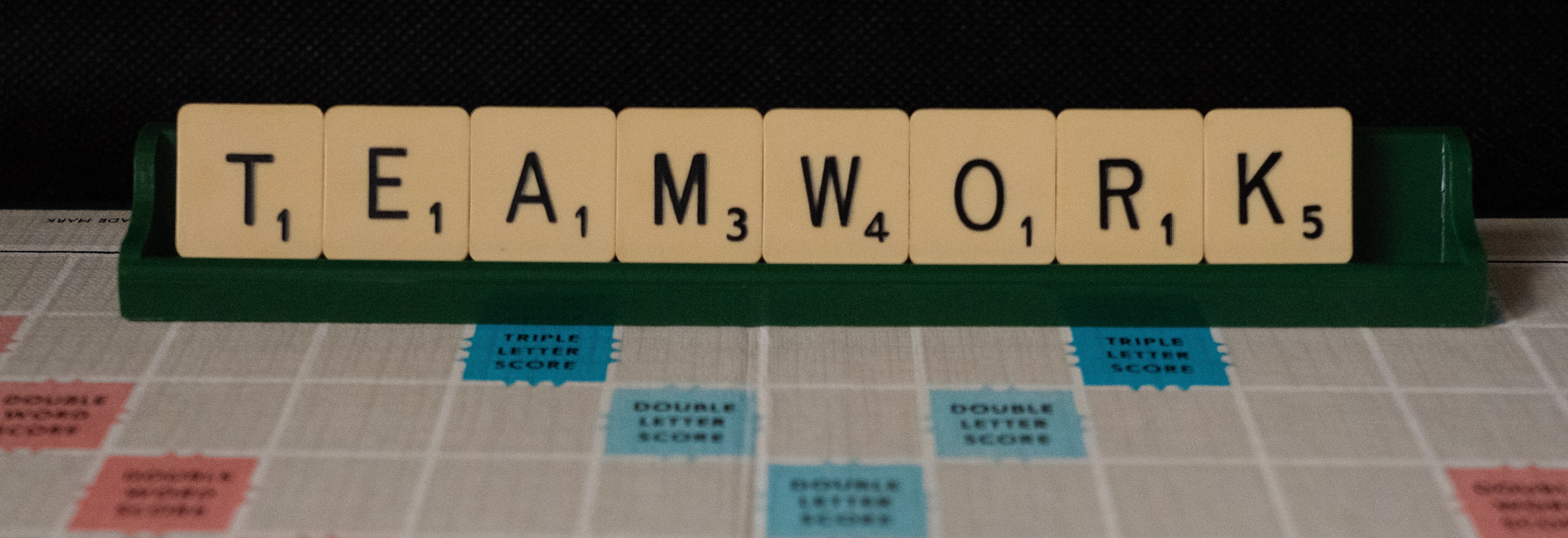Onsites for remote teams

“I am so glad to not have to be staring at a computer all day…”
That’s one of the sentiments from my remote team’s first onsite this month.
You see, on-site which brings the team in-person, and in-office face-to-face (f2f) are fairly common and highly valuable for remote teams. These are typically 3 days to a week-long aimed at bringing the team together to build meaningful connections, getting to know each other more, conduct deep dives, brainstorming and whiteboarding activities, retrospectives, discussing KPIs and OKRs, meeting with leadership, meet and greet with cross-functional teams, lunches, dinners, team-building activities, etc. So, in short, there’s a lot to be done when you get the team altogether. 💥
As an individual contributor, I think there are several reasons to have an onsite when your team is remote and distributed:
- interpreting your teammates’ facial expressions (and use of emojis/ punctuation!) over chat and video conference all day long can be too much sometimes.
- meeting team members for the first time, to put a face to the zoom.
- work can lean a lot more towards a transactional-focused vs a balanced relationship-focused dynamic. Say you have to interrupt someone to make an ask, so you may as well only ask for things rather than casual chatting.
- loneliness can also be attributed to the lack of connection with your team or the mission of your company. A lot of learning how people work only happens in person because just zoom meetings feel transactional.
- build team synergy.
Recently when my remote team met for our first onsite, I liked how well it was planned as well as executed with a good balance in mind. So I thought I should log my experience here on what worked well for us.
Logistics, Agenda, and Schedule
My manager and team lead collaborated to draft a document that captured the logistics, agenda, and schedule for the entire week. This allowed our team to provide inputs and chime in on ideas we each had for what we wanted to get out of the onsite. How do these three things differ? Well…
- The logistics are useful to highlight the overall details of any event. They also help with seamless execution.
- An agenda is a desired list of items such as team sessions, team building activities, lunch and dinner ideas, etc. to be completed during the onsite
- A schedule is a plan for carrying out the agenda. Not everything on the schedule may get done as is or ad hoc things will come up. Isn’t that the thing with a schedule though?
Having these three things written out helped us be prepared in advance, make necessary arrangements to be available as well as get a lot of things done while accounting for many fun, team-building activities.
Mindfulness
You may ask, what does mindfulness have to do with an onsite? The story here is that my manager is also a certified mindfulness instructor. So we started the onsite team activities with a short session of intention setting and energizing breathwork session (note: this session was already planned in the schedule ahead of time). The mindfulness activity as a team helped ground the room with calm, clarity, and presence.
Power of Play
We scheduled a few sessions geared toward play, allowing us to know each other a little more, exercise our creative chops, have a hearty laugh, and overall ‘just have fun’. We tried these activities:
Indoor Icebreakers
Icebreakers are great warmups for the team. We tried these two icebreakers that I enjoyed because they were engaging and helped us know each other a bit more.
- Superpower discovery
Here’s how it goes-
Round 1: Each team member gets 30 seconds to describe their superpower to the team.
Round 2: The team collectively, one by one describes what they think is the team member’s superpower (30 seconds for each team member). All in all, this activity took us under 15 minutes and what made this an excellent icebreaker was the sense of authenticity and playfulness each of us brought to the game.
- Two Truths, One Lie
Here’s how it goes-
Each team member states two truths and one lie about themselves. The group has to guess which statements are true and which statement is a lie. We did one round of this and it was a very creative exercise.
Outdoor Team event
- Escape room
An escape room is a great team-building activity as it allows each member to use their unique strengths, test the team’s communication under pressure and get to know each other better. We did ‘The Heist’ escape room. Working as a team on a 60-minute adventure to uncover clues, solve puzzles and complete the mission on a deadline was not only thrilling but also an excellent way to uncover how we all could bring our unique strengths to complete the mission. Pure fun! ✨
- Dining and outdoor activities
I’d like to briefly mention dining and outdoor activities like sightseeing by sharing our observations around this- It is 100% necessary to take dietary restrictions into account and then make reservations in advance for every single meal when possible. If you plan on getting the meals delivered when possible get team orders in ahead of time. All this coordinated time and place is required given how tight the schedule can be. For planning these, our experience is that having the local team members provide input is great.
Closing thoughts
On sites bring remote and distributed teams together, help set the team dynamics, and develops a sense of one team, one mission, and collaboration towards the roadmap. The effects can be seen afterward with improved morale, improved collaborations, and deeper connections within the team.